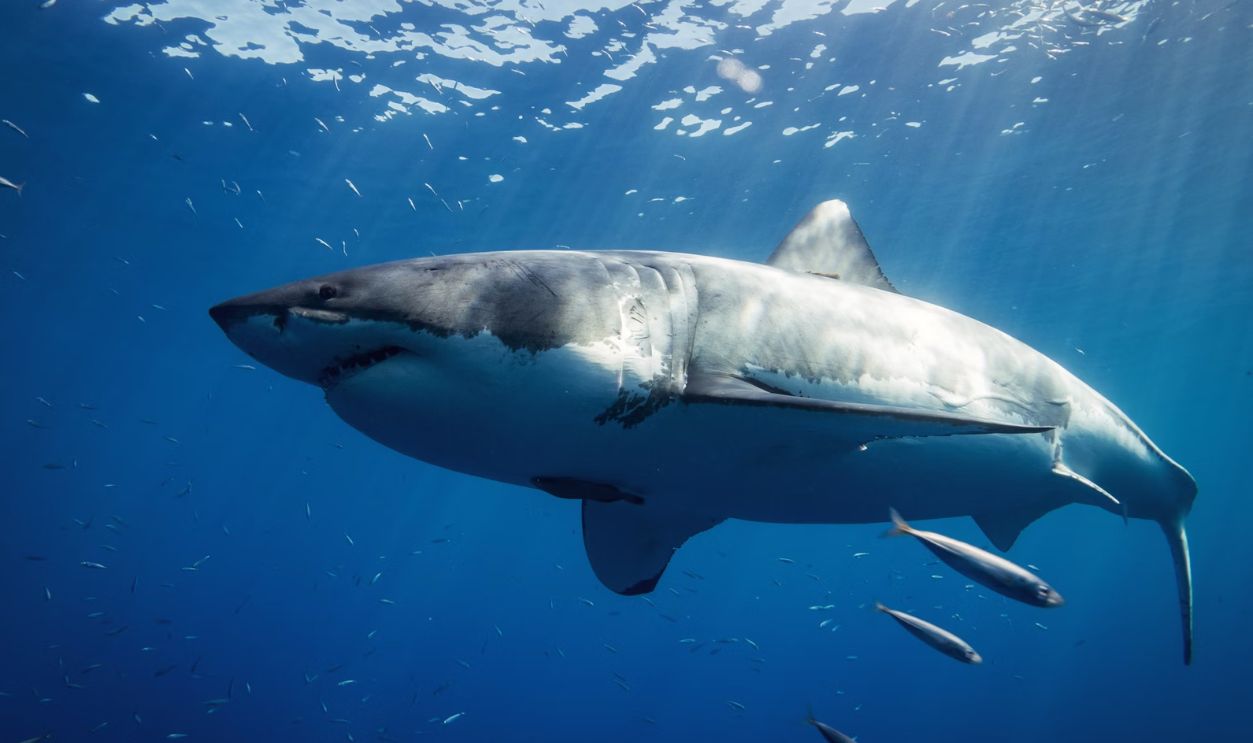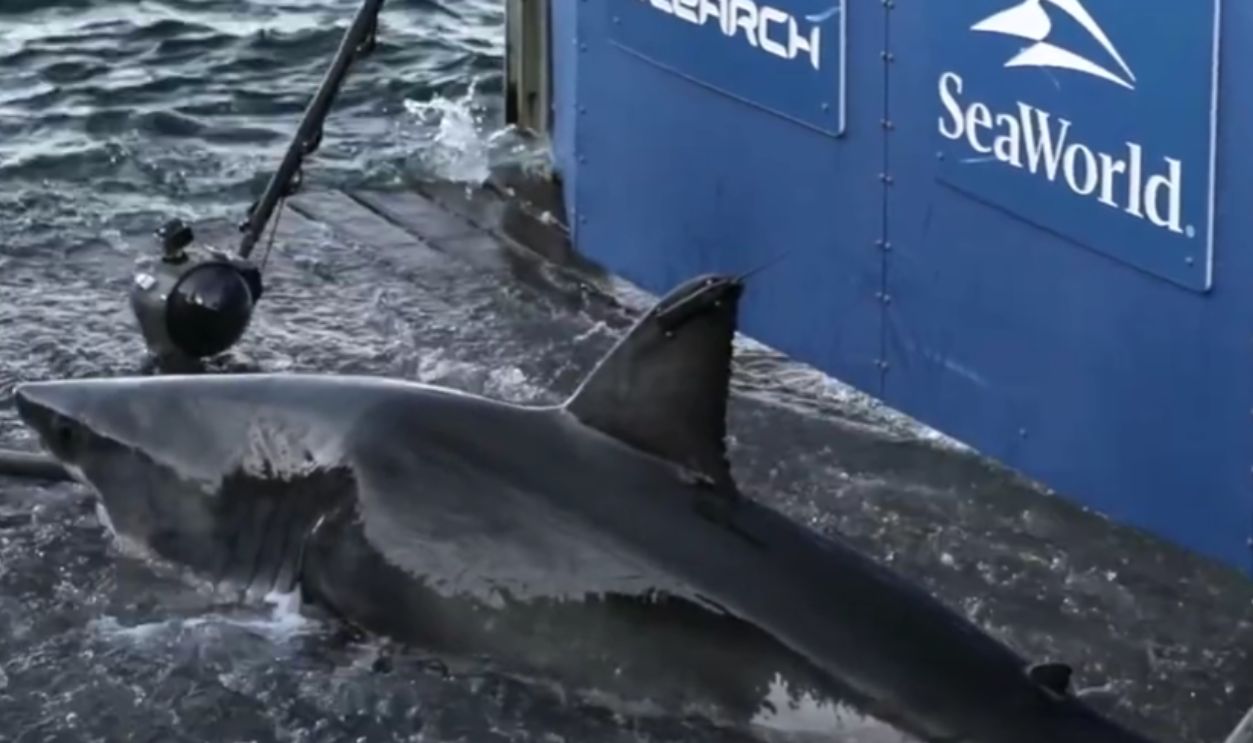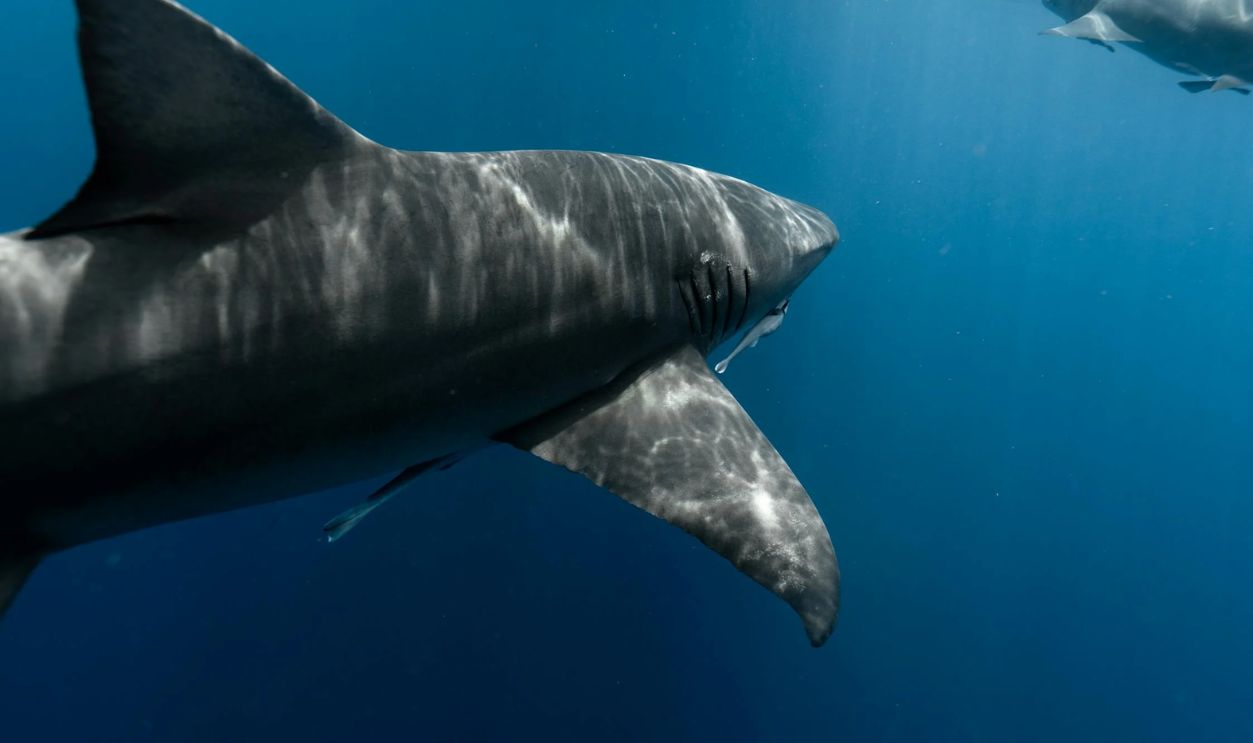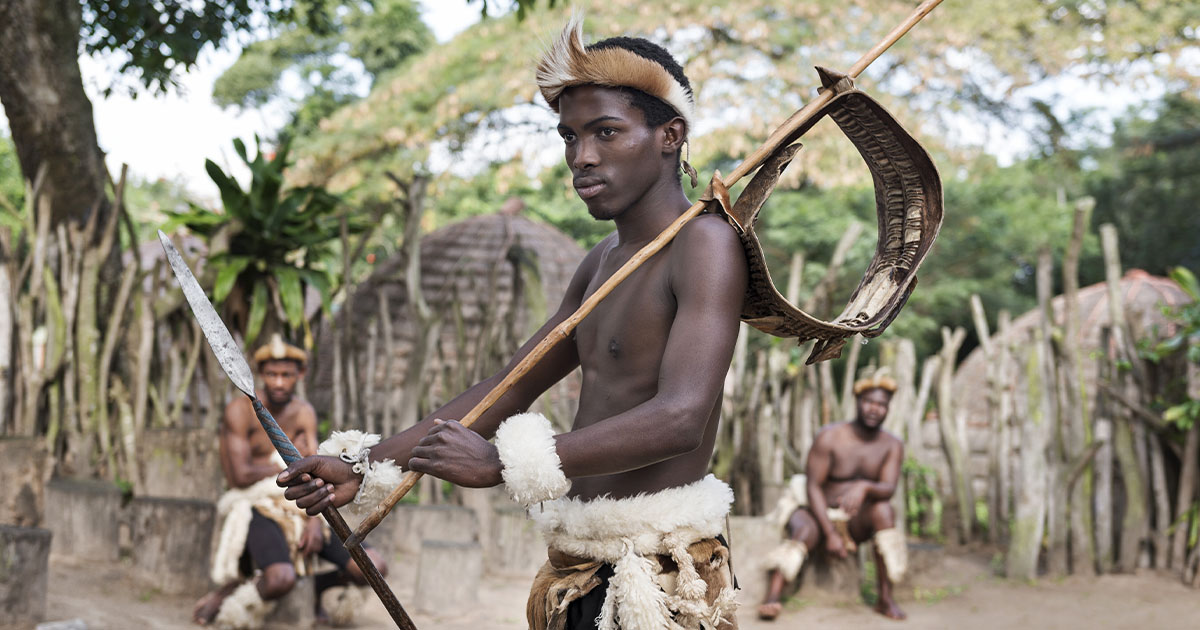Big, Wild, And Free
When you think of Great White sharks, you probably imagine huge, ferocious creatures lurking in the deep. You are right. Ever wanted to deep-dive into their stories?
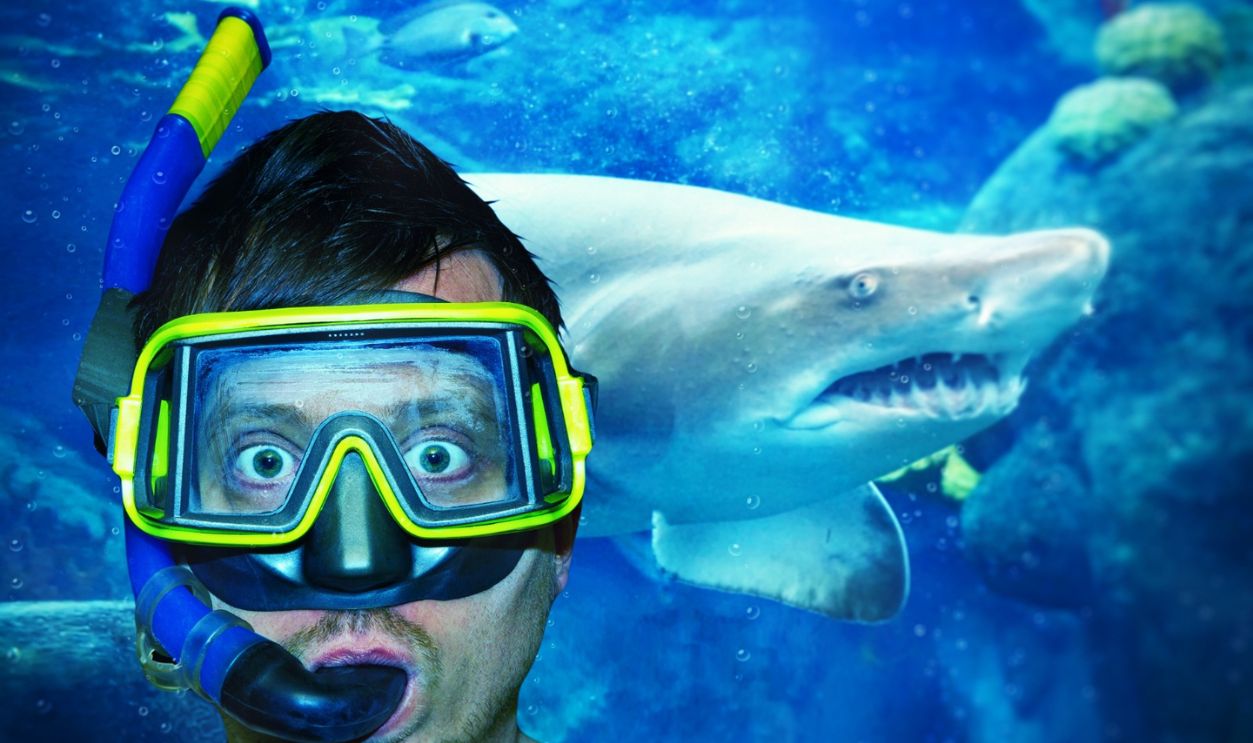
Why Are They Called “White” Sharks?
Flip one over, and you’ll see why. Its belly glows with a pale, ghostlike white. This chalky underbelly helps it vanish from view when prey gazes upward. The name doesn’t come from ego or fiction; it’s camouflage by design. Pretty sneaky, huh?
 Elias Levy, CC BY 2.0, Wikimedia Commons
Elias Levy, CC BY 2.0, Wikimedia Commons
Their Name, “Great,” Also Describes Their Size
Titanic. That’s the word for it. The largest preserved female stretched 19.1 feet long and tipped the scales at 4,400 pounds—basically a two-door sedan or SUV with teeth. Surprisingly, males stay smaller, and females rule the sea.
 Elias Levy, CC BY 2.0, Wikimedia Common
Elias Levy, CC BY 2.0, Wikimedia Common
They Are Built For The Chase
Even with their massive weights, great whites can rocket at 25 mph using powerful crescent-shaped tails for short bursts. They can also swim to great depths, 3,900 feet deep, to be exact. Their burst ambushes are brutal and brilliant, and prey barely sees it coming.
 Sharkcrew, CC BY-SA 4.0,Wikimedia Commons
Sharkcrew, CC BY-SA 4.0,Wikimedia Commons
That Famous Smile?
Behind that sly grin lies a rotating arsenal of up to 300 teeth arranged in rows like conveyor belts of doom. Each triangular tooth’s jagged edge slices clean through blubber and bone. When they lose one, another replaces it in days.
 Hermanus Backpackers, CC BY 2.0, Wikimedia Commons
Hermanus Backpackers, CC BY 2.0, Wikimedia Commons
They’re Not Always Lone Wolves
Catch them circling a whale carcass, and you’ll see the pecking order play out in tail slaps and dominance displays. Some even travel in loose groups, especially around hotspots like Cape Cod, Massachusetts. These legends of solitude are not always loners. They’re sometimes just waiting for a bigger bite.
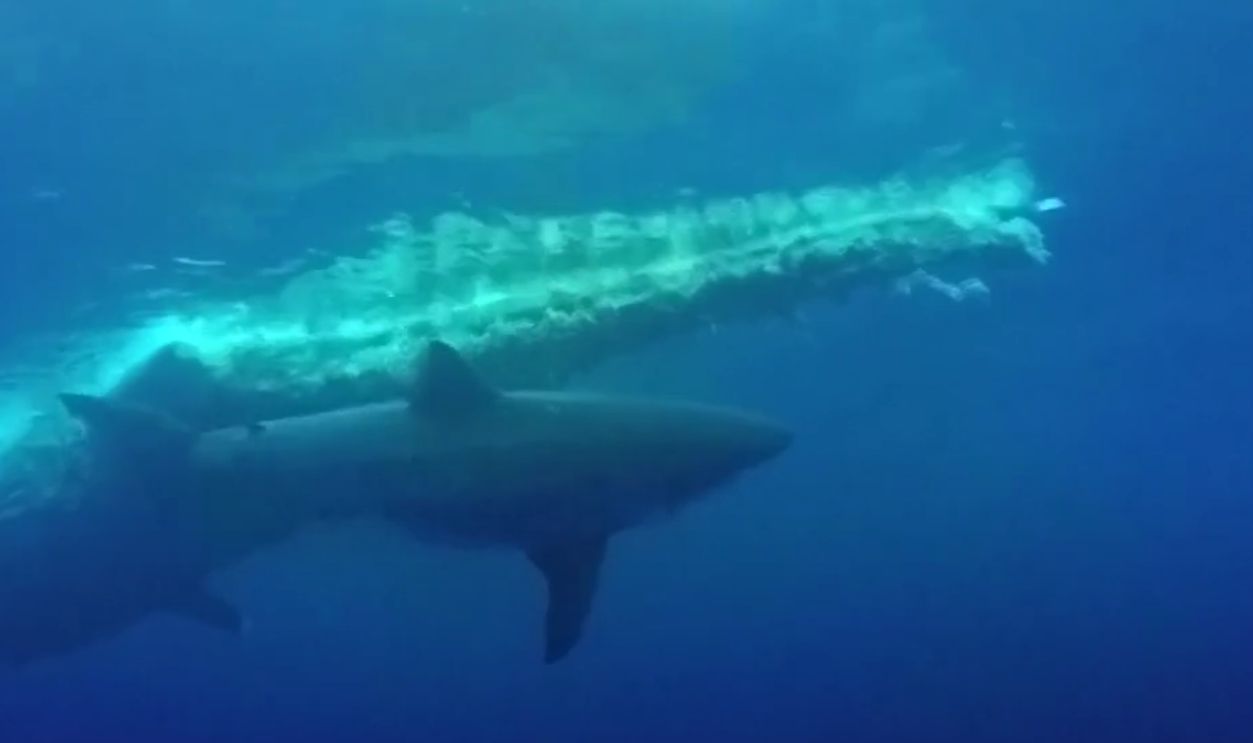 Great White Feeds on Whale Carcass by Deep Blue Discovery
Great White Feeds on Whale Carcass by Deep Blue Discovery
Cold-Blooded? Not Entirely
Think all fish are cold-blooded? Nope. Great whites utilize a technique known as “regional endothermy” to warm their muscles and brains. That lets them hunt in chilly waters without losing steam. Imagine sprinting in ice water without shivering—impressive, right? Their blood runs warmer where it matters most.
From Birth, They’re Born To Be Bold
Right after birth, pups fend for themselves. Around 4–5 feet long at birth, they’re ready to hunt from day one. No training wheels. Just instinct, appetite, and a head start on survival. You wonder how we all know this, and the answer lies in research.
 Elias Levy, CC BY 2.0, Wikimedia Commons
Elias Levy, CC BY 2.0, Wikimedia Commons
Why Research Matters And Who’s Doing It Best
Great white sharks are vital to ocean balance, but their survival isn’t guaranteed. The research aims to protect them. That’s where leaders like OCEARCH step in by tracking, tagging, and studying these apex predators to unlock their mysteries. Here are some of the great white sharks they have caught over the years.
 Tagging & Sampling Great White Shark Breton by OCEARCH
Tagging & Sampling Great White Shark Breton by OCEARCH
Deep Blue
Deep Blue is a legend in the shark world. At 20 feet long and over 2.5 tons, she’s one of the largest great whites ever recorded. First spotted near Guadalupe Island, her calm presence and massive size stunned marine biologists. She even stole the Shark Week spotlight back in 2014.
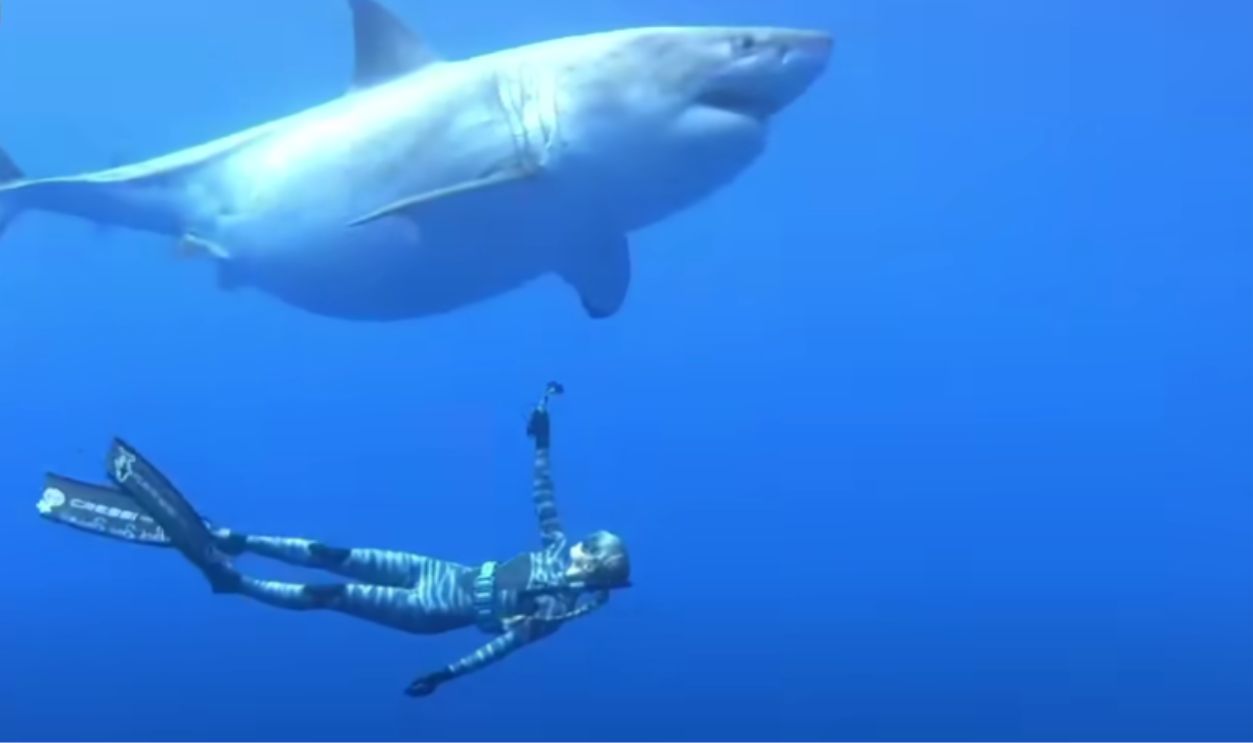 Divers swim alongside famous Deep Blue shark by ABC News
Divers swim alongside famous Deep Blue shark by ABC News
Deep Blue (Cont.)
In 2019, Deep Blue surfaced again—this time off Oahu, feasting on a whale carcass. She moved with eerie calm as divers swam alongside. Known for her unique scars and massive girth, she offered a rare, peaceful look at great white behavior. Truly, she’s a one-in-a-million marvel.
 Enormous great white shark swims with divers in Hawaii by On Demand News
Enormous great white shark swims with divers in Hawaii by On Demand News
Contender
On January 17, 2025, OCEARCH tagged Contender—a 1,653-pound, 13-foot-9-inch male great white off Florida’s coast. He’s the largest male ever recorded in the Atlantic. Likely in his early 30s, he’s an essential breeder, vital to reviving the western North Atlantic white shark population.
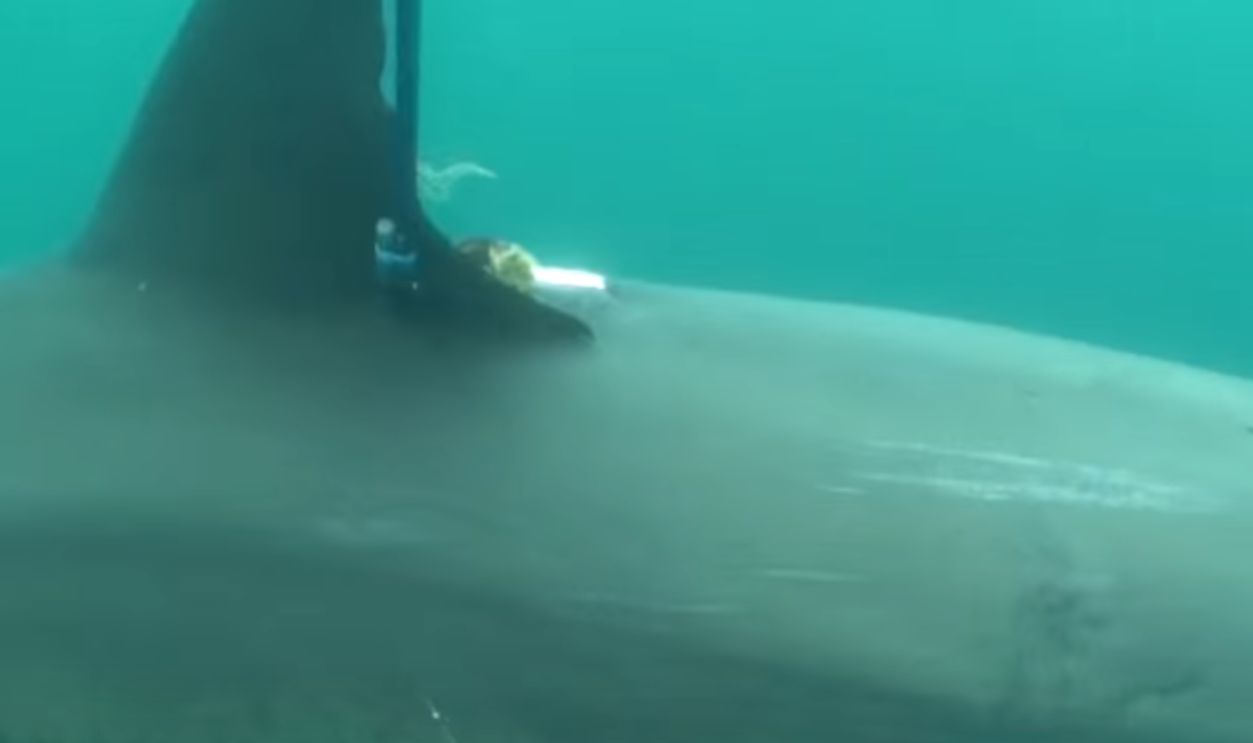 How to tag a great white shark! by Monterey Bay Aquarium
How to tag a great white shark! by Monterey Bay Aquarium
Contender (Cont.)
Tagged with high-tech SPOT and PSAT trackers, Contender now sends real-time updates from the surface. Are you curious about where he is? So are scientists. Last seen cruising near St Augustine, this “ocean giant” provides researchers with fresh insights into shark depth, travel, and temperature preferences.
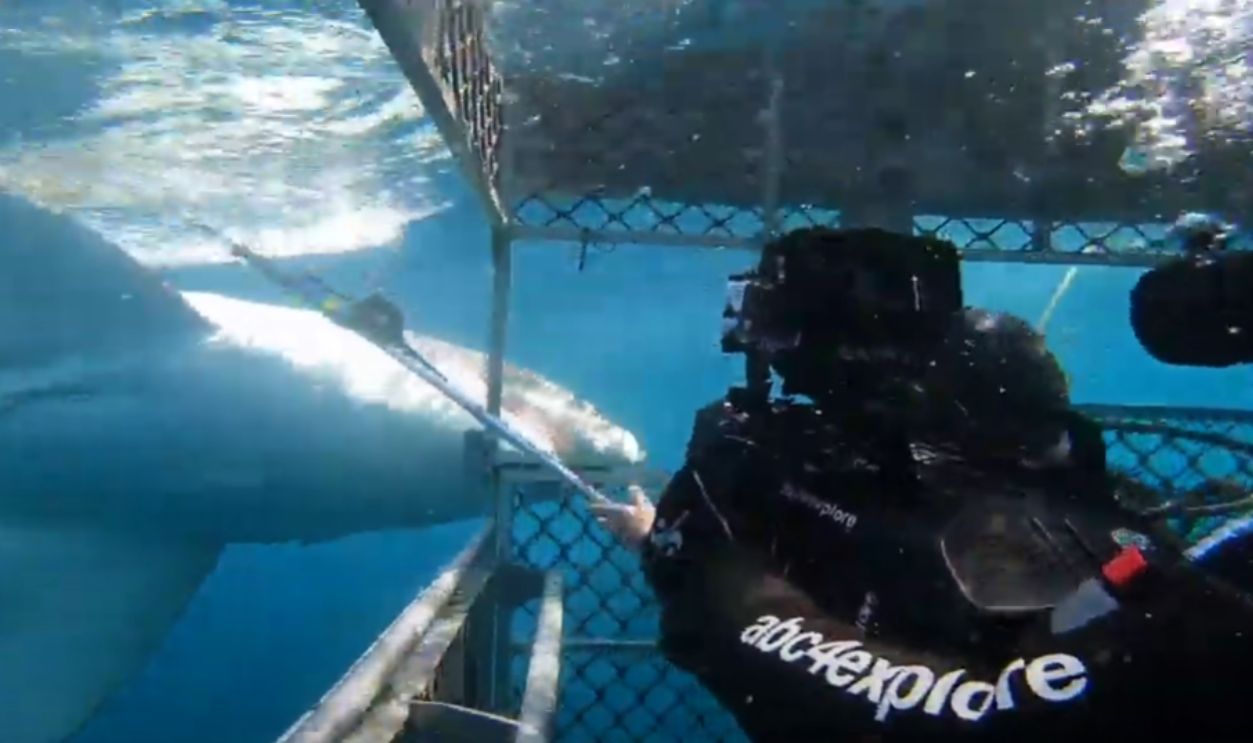 Tagging a Massive Great White Shark | Shark Week by Discovery
Tagging a Massive Great White Shark | Shark Week by Discovery
Breton
Breton, a 1,437-pound great white, was tagged in Nova Scotia in 2020. His tracking pings from 2020 to 2022 formed a self-portrait outline: a tail in Nova Scotia and a head near Florida. It’s a jaw-dropping swim pattern that puts him in the Shark Hall of Fame.
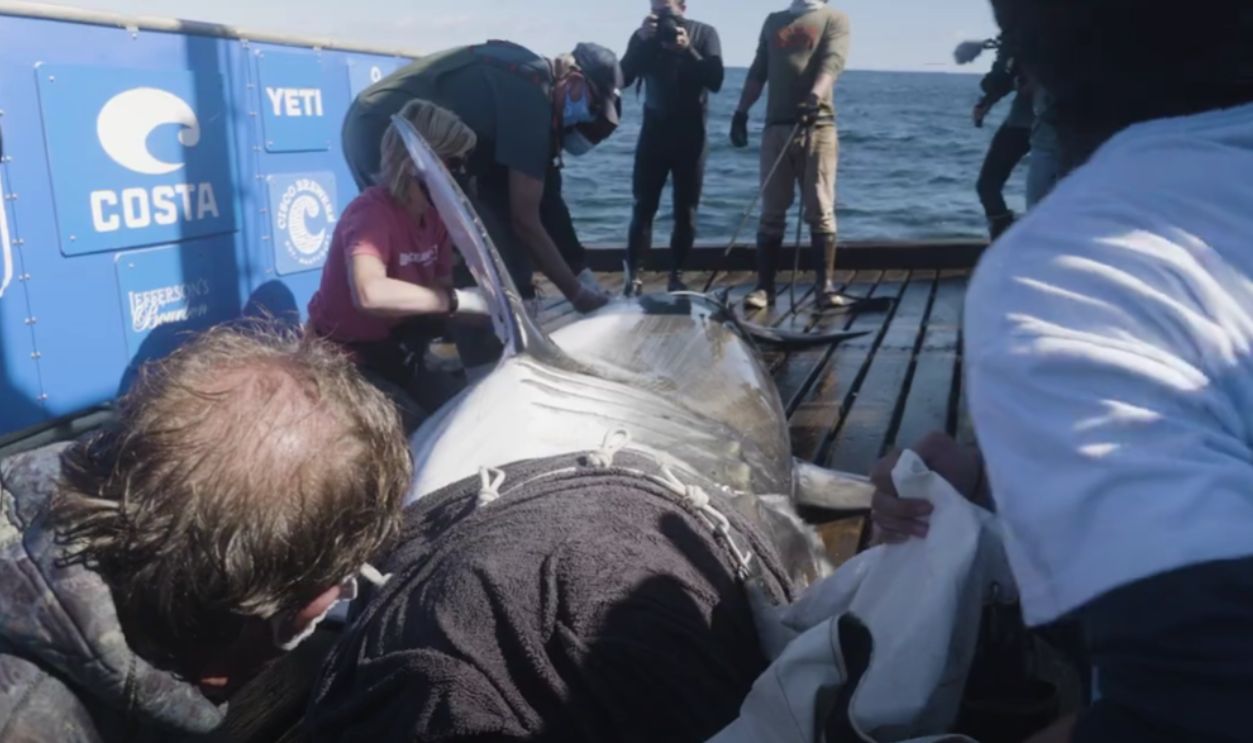 Tagging & Sampling Great White Shark Breton by OCEARCH
Tagging & Sampling Great White Shark Breton by OCEARCH
Breton (Cont.)
At 13 feet long, Breton remains a star of OCEARCH’s tracking project. His dorsal tag last pinged off Jacksonville’s coast, showing he’s still patrolling the Atlantic’s depths. Named for Cape Breton, he’s the first shark tagged in the 2020 expedition and still delivers data that fuels both science and story.
Ironbound
After vanishing for nearly a year, Ironbound, a 12-foot, 1,189-pound great white, reappeared off South Carolina’s coast. Tagged in 2019 near Nova Scotia, he’s clocked over 15,000 miles since. His name is a tribute to Canada’s West Ironbound Island, and his disappearance is a mystery.
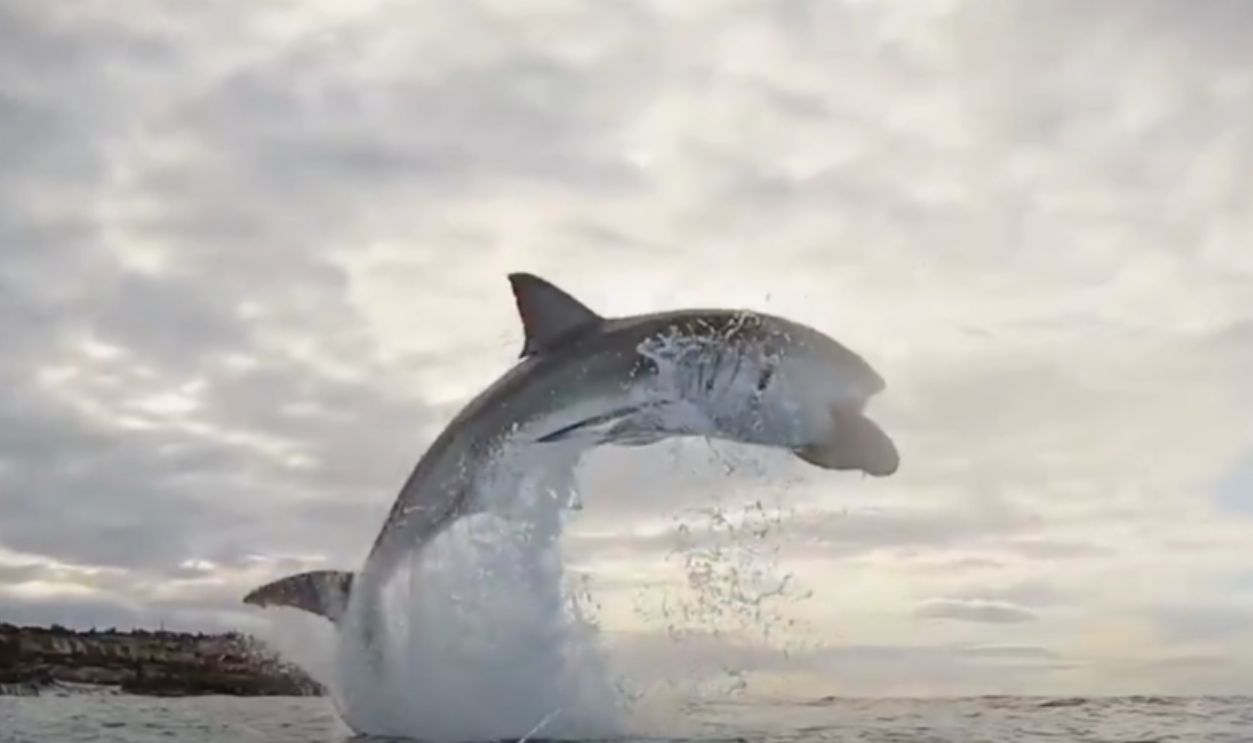 The HIGHEST GREAT WHITE BREACH Ever Recorded! | Shark Week | Discovery by Discovery
The HIGHEST GREAT WHITE BREACH Ever Recorded! | Shark Week | Discovery by Discovery
Ironbound (Cont.)
Ironbound’s dorsal SPOT tag pinged again, twice in one day, after silence since April 2022. Last seen near New Jersey, he now patrols the deep waters south of Charleston. With each surface break, satellites notify his location. Fortunately, no shark attacks yet.
Haole Girl
Spotted in January 2019 off Oahu, Haole Girl made waves while also feeding on a whale fall. Nearly as massive as Deep Blue, she sparked confusion among researchers. Calm and possibly pregnant, this great white allowed divers to swim inches away, earning both awe and a spot in shark lore.
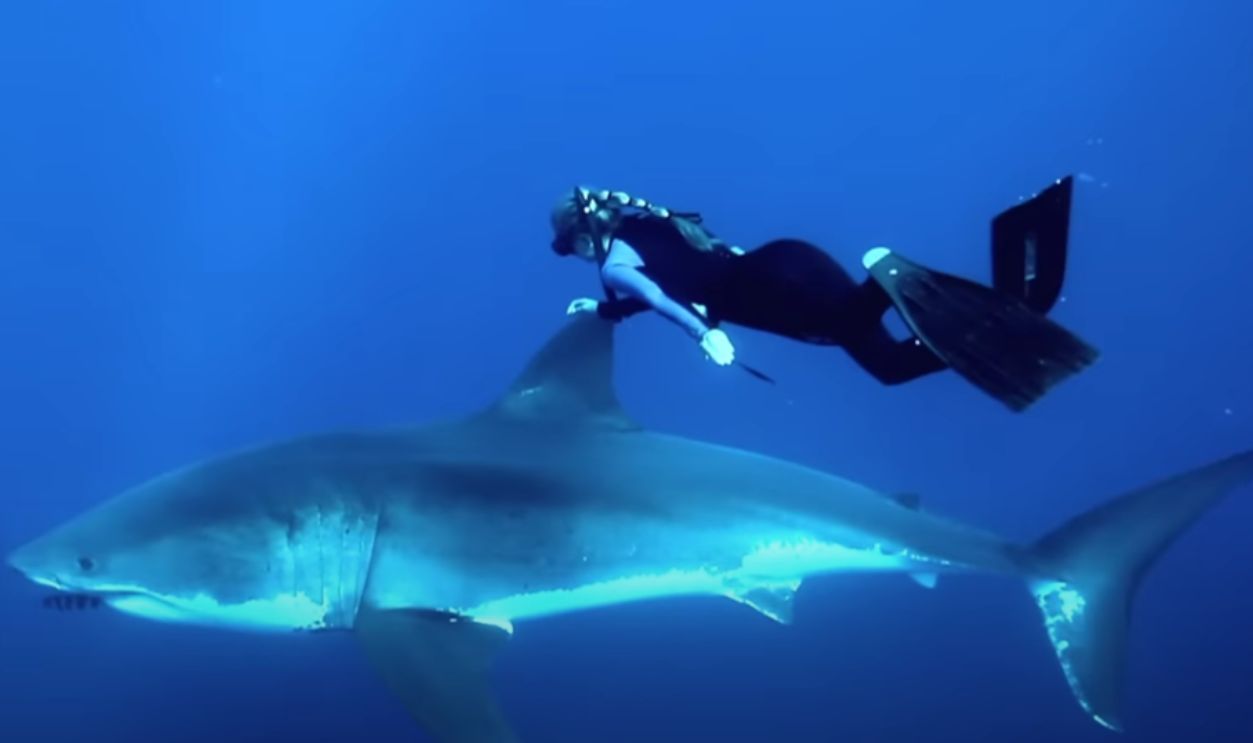 GoPro: Ocean Ramsey and a Great White Shark by GoPro
GoPro: Ocean Ramsey and a Great White Shark by GoPro
Haole Girl (Cont.)
Many thought she was Deep Blue. But experts now say the graceful shark in Ocean Ramsey’s Hawaii footage was Haole Girl. With similar size and markings, she’s often mistaken for another shark called Kainani, too. Her sudden appearance in warm waters added to the mystery.
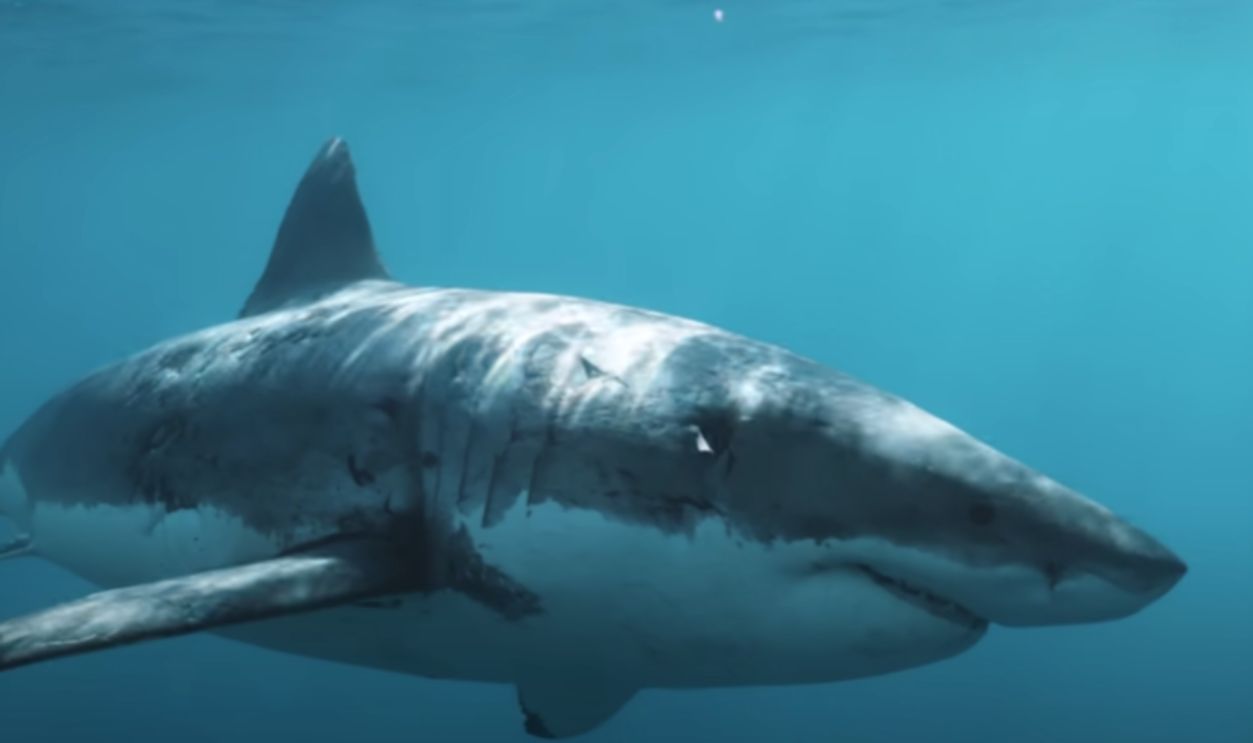 A Great White Shark with Skin Unlike Anything I’ve Ever Seen: What is this? by TheMalibuArtist
A Great White Shark with Skin Unlike Anything I’ve Ever Seen: What is this? by TheMalibuArtist
Luna
At 15 feet and 2,137 pounds, Luna rivals a Volkswagen in size and grace. Tagged in 2018 near Lunenburg, Nova Scotia, she’s the second-largest shark ever recorded by OCEARCH. A few years back, she was spotted cruising over the Charleston Bump.
Luna (Cont.)
Luna’s historic. As the first mature adult female ever tagged by researchers, she carries both scientific significance and a name honoring Lunenburg’s community. Her journey has stretched from Canada to the Bahamas, tracing feeding lanes and seasonal highways with every surface ping sent from her powerful dorsal fin.
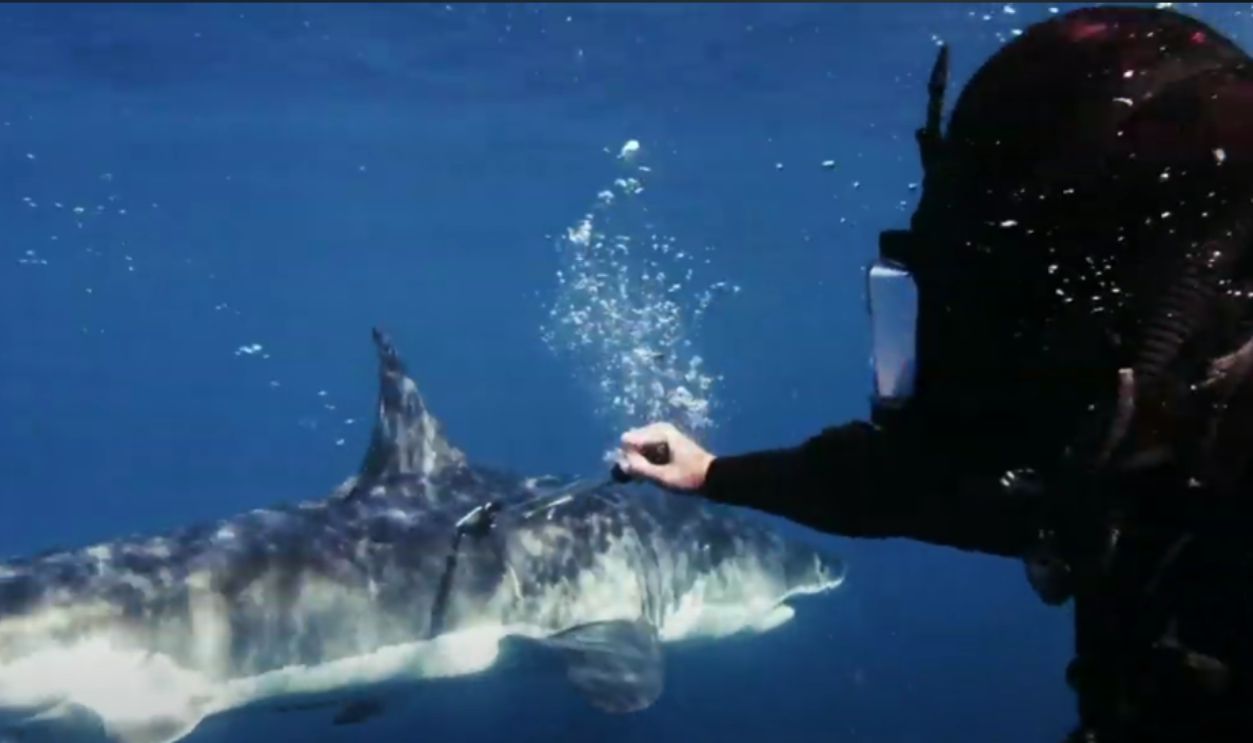 Tagging a Massive Great White Shark | Shark Week by Discovery
Tagging a Massive Great White Shark | Shark Week by Discovery
LeeBeth
Tagged in South Carolina at 14 feet and 2,600 pounds, LeeBeth stunned researchers by swimming all the way to Mexico, then past Biloxi and up to Nova Scotia. Her GPS went silent in October, but her unmatched journey remains one of the most remarkable ever recorded for a great white.
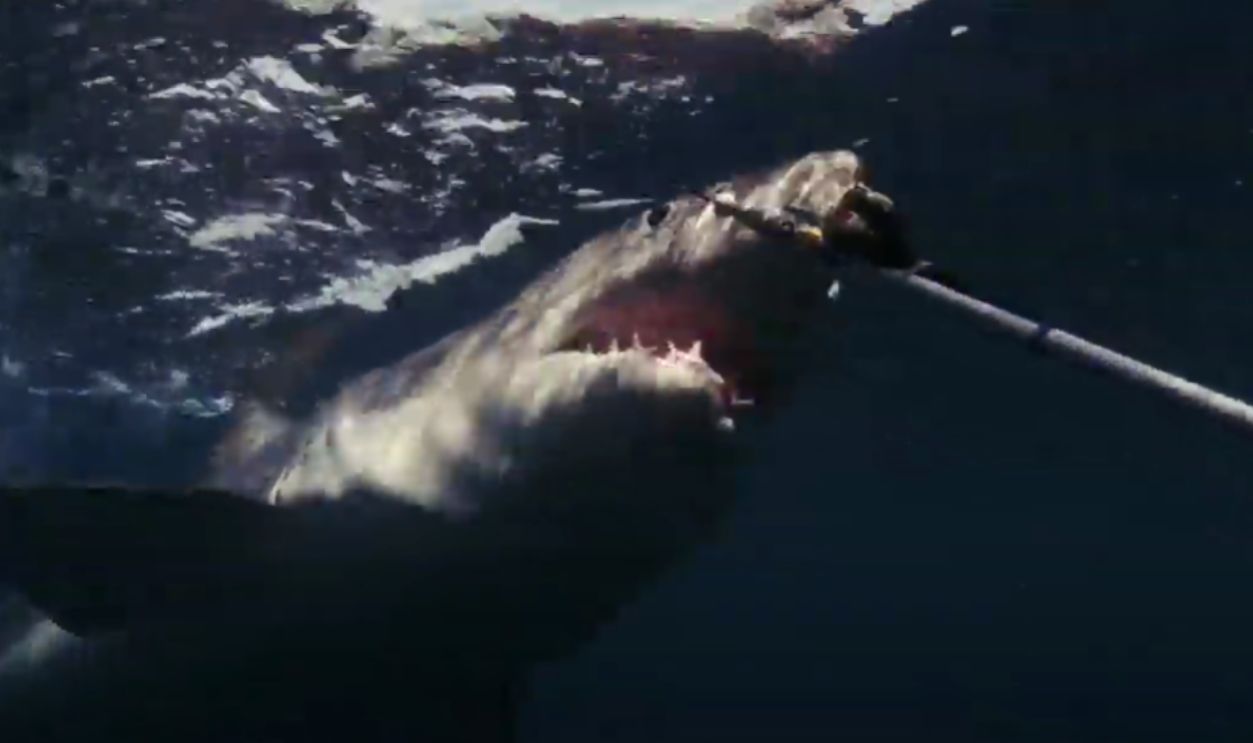 Tagging a Massive Great White Shark | Shark Week by Discovery
Tagging a Massive Great White Shark | Shark Week by Discovery
LeeBeth (Cont.)
Named after a pastor’s late daughter, LeeBeth became a symbol of awe and connection. “She was like a kid to me,” said her tracker. Though her GPS tag may have died, her acoustic transmitter still has faint connections across oceans. It goes to show that even sharks can leave a lasting legacy.
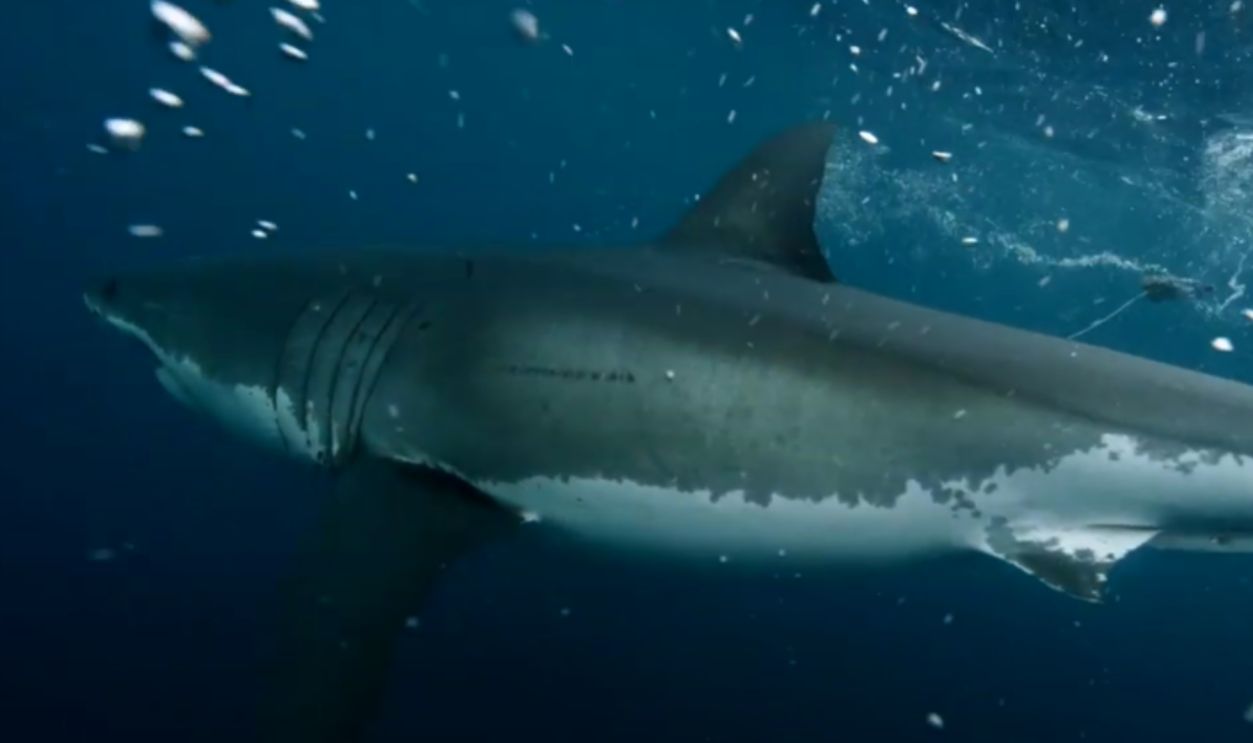 Tagging a Massive Great White Shark | Shark Week by Discovery
Tagging a Massive Great White Shark | Shark Week by Discovery
Nukumi
At over 50 years old and scarred by decades at sea, 17-foot Nukumi is OCEARCH’s largest tagged great white in the Northwest Atlantic. First spotted off Nova Scotia in 2020, she’s since logged over 5,570 miles—crossing the rare Mid-Atlantic Ridge into uncharted territory for female white sharks.
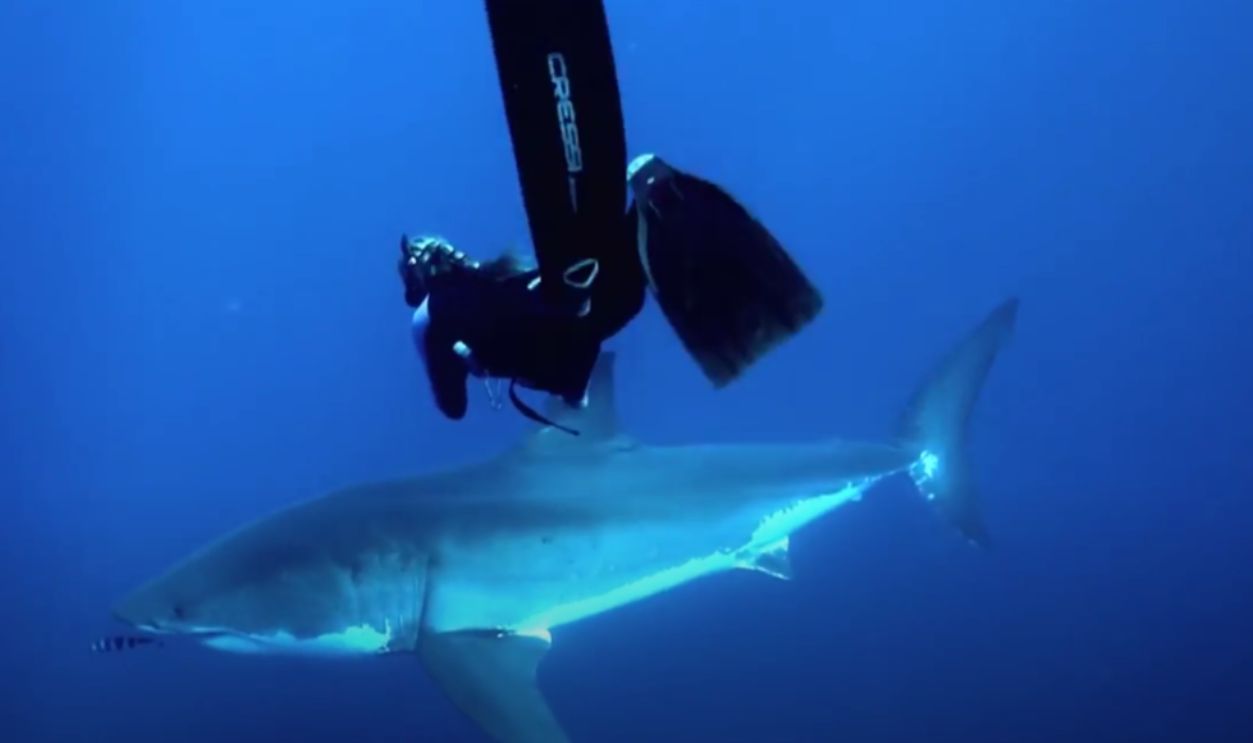 Ocean Ramsey: The Woman Protecting Great White Sharks - The Inertia by The Inertia
Ocean Ramsey: The Woman Protecting Great White Sharks - The Inertia by The Inertia
Nukumi (Cont.)
Only one other white shark (Lydia in 2014) has made this kind of transatlantic move. Nukumi’s journey, averaging 44 miles per day, proves these apex predators may play roles in ecosystems far beyond North America. Her movements now challenge conservation strategies and call for international cooperation to protect our ocean’s top guardians.



